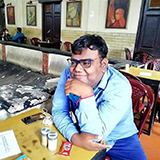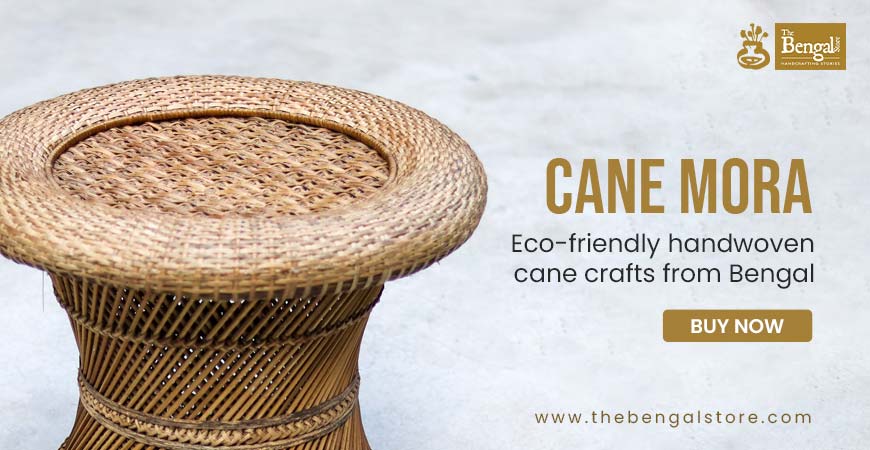Where the Ganges remembers Tagore, the forgotten legacy of Gobinda Home - GetBengal Story
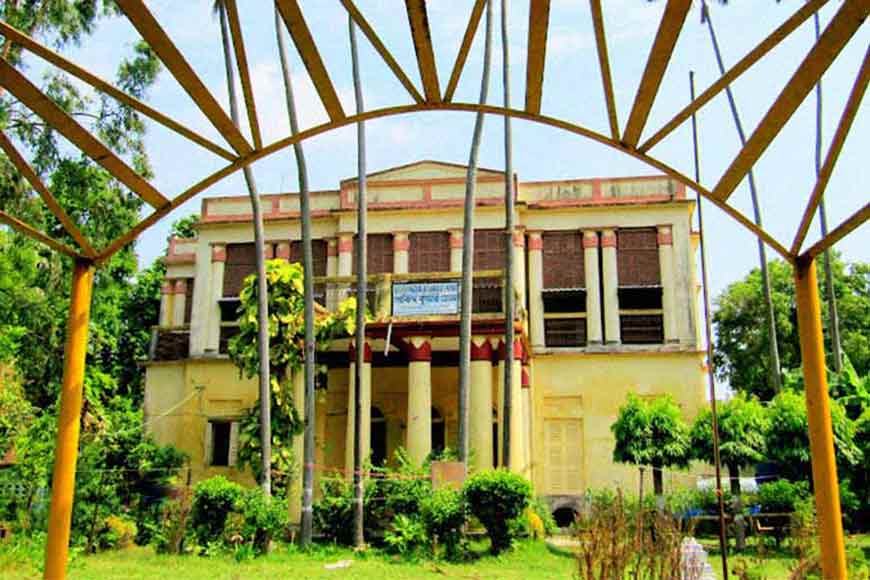
Owning a garden house by the Ganges had become a “trend” among the affluent classes of the 19th and 20th centuries. One such house was Peneti’s Gobinda Home or Gobinda Kumar Home. Initially established as a leisure retreat, this house has, over time, transcended its original purpose—history now lives within its walls. The building has also been officially recognized as a heritage site by the state.
The garden house once belonged to the sons of the famous 19th-century Kolkata businessman, Ramdulal Dey. It was then known as Mokshadham. These sons of Ramdulal are remembered in Kolkata’s history as Chhatu Babu and Latu Babu. But how did Mokshadham become Gobinda Home?
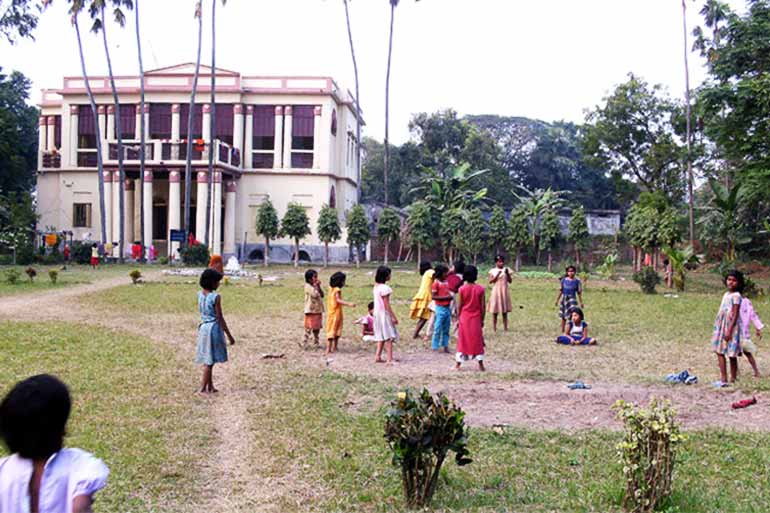
I heard the story from an elderly resident and teacher of the Sodepur region, who wished to remain anonymous.
On 22nd February 1886 Zamindar Gobinda Kumar Chowdhury of Sherpur in Mymensingh district (now in Bangledesh) purchased Mokshadham and on 29th March 1928, his son Gopal Das Chowdhury started a home for destitute women in the home called Gobinda Kumar Home. The home has residents even today. The home was given heritage status on 2nd December 2005. The Government of West Bengal's official website states that the restoration of the house has been completed.
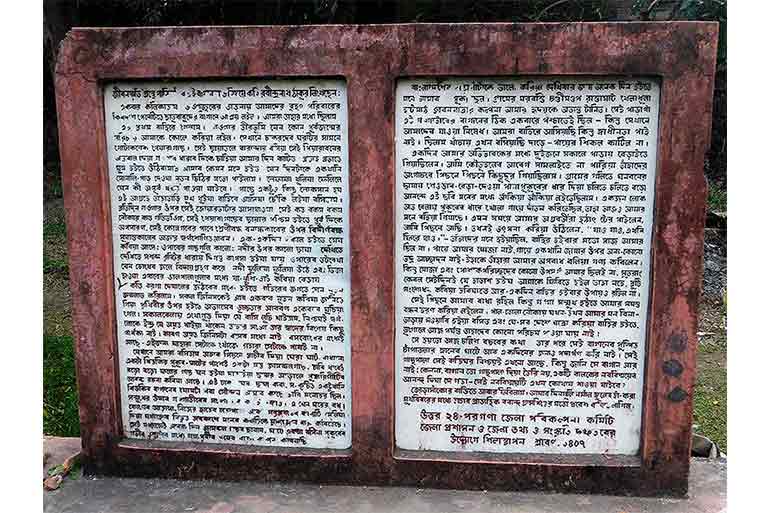
When I went there for fieldwork, I was stopped at the entrance. Someone—perhaps the guard of Gobinda Home—told me, “This is a women’s shelter. No one is allowed entry without permission.” On my way, the auto driver had said, “You’re going to Gobinda Home? That’s Tagore’s house!” To the common residents of Sodepur and Panihati, the building is known as Rabindranath Tagore’s house or garden retreat.
But what is the truth? How did the poet become associated with this house?
Rabindranath Tagore mentioned this house in his autobiographical works Jibansmriti and Chelebela. He visited the place four times. This was, in fact, the first house he ever visited outside Jorasanko. Thus, Peneti’s Gobinda Home marked the poet’s first journey beyond his family mansion.
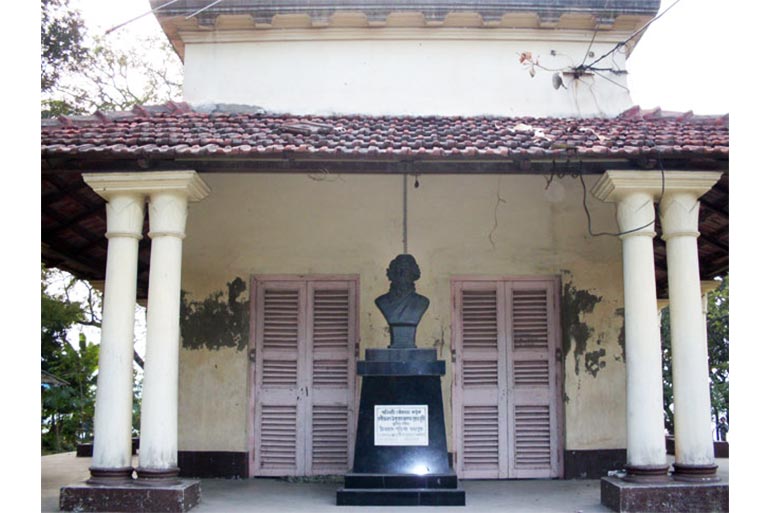
He was eleven years old then. Kolkata was in the grip of a dengue outbreak, so a part of the Tagore family moved to Panihati for safety. They stayed on the upper floor of the house for forty-eight days in May 1872. In Jibansmriti, Tagore wrote:
“Once, driven by an outbreak of dengue fever in Calcutta, a portion of our large family took refuge in the Chhatu Babu’s garden at Peneti. I was among them. This was my first journey beyond home. The banks of the Ganges seemed to cradle me in a familiarity from a previous birth.”
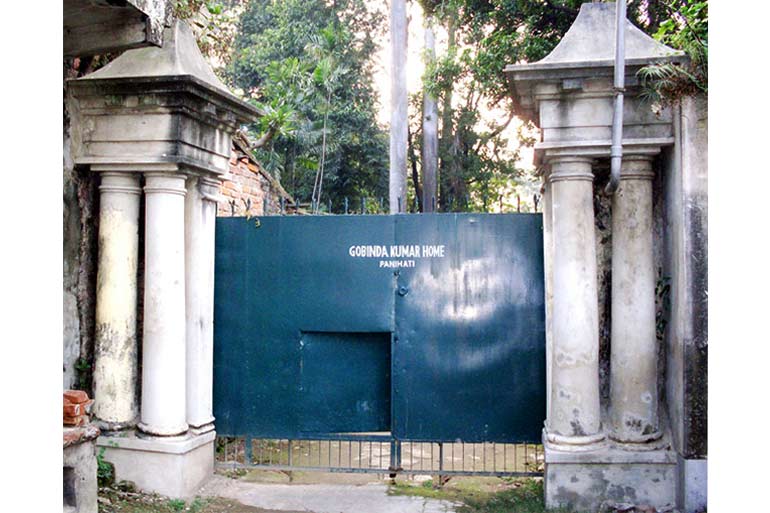
On July 5, 1895, Tagore wrote to his niece Indira Devi:
“In childhood, I lived in the garden house at Peneti. From the nearby Dakshineswar temple, the nahabat (musical ensemble) would play three or four times a day and night. I thought to myself then, when I grow up and become free, I will have a nahabat of my own.”
Tagore's second visit to Gobinda Home was the last week of May 1919, when he was 58 years old and Prasanta Chandra Mahalanobis accompanied him. It is said that at Gobinda Home, he wrote the letter disavowing his knighthood, in response to the Jallianwala Bagh massacre.
By 1928, the women’s shelter had been established. Tagore came for the third time on March 5, 1933, to attend the wedding of one of the residents. He was then 72 years old, accompanied by his niece, Sarala Devi Chaudhurani, daughter of Swarnakumari Devi. During that visit, he planted a mango tree near the ghat of the home—it still stands today.
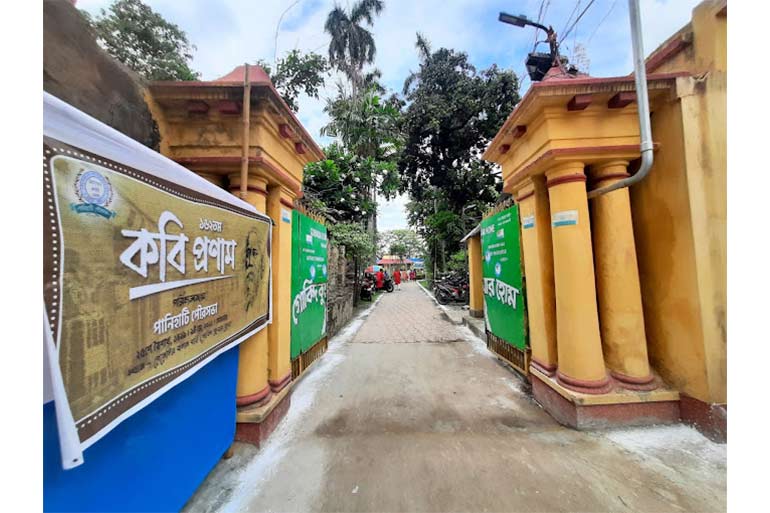
His fourth and final visit was on August 8, 1934, for the inauguration of Basanti Cotton Mill.
This house bears witness to yet another chapter of history. Had Nilambar Mukhopadhyay’s garden house not been available, Gobinda Home might well have become the very heart of the Ramakrishna Math and Mission. In 1898, Swami Vivekananda visited Gobinda Home with some of his disciples.
Writer Sukumar Ray also stayed here for some time when he was ill—accompanied by his young son, Satyajit Ray. Satyajit later mentioned this memory in his All India Radio talk Amar Baba (“My Father”), recalling how he watched steamers pass along the Ganges.
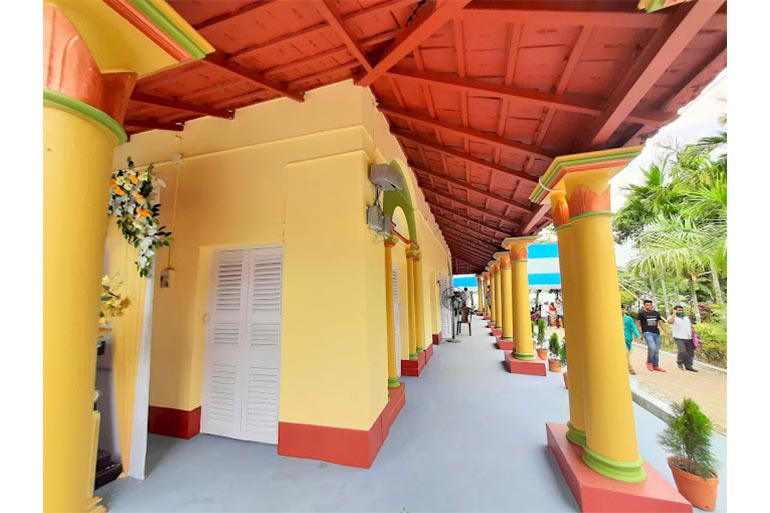
That is its past—but what is the condition of Gobinda Home today?
It still houses residents. Annually, on the 25th of Baisakh (Tagore's birthday), Tagore's birth anniversary is observed in great fervor. The Panihati Municipality takes the lead organizing various programs of dance, music, recitation, and cultural contests. It had been low-key during the pandemic years, but occurred once again in 2023. The grounds—its garden, building, portico, and riverfront ghat—still retains its calmness and beauty. A statue of Tagore stands within the grounds.
I spoke to Shubhankar Bandopadhyay, a local historian, about Gobinda Home’s current state. He said,
“With the support of Panihati Municipality, a portion of Gobinda Home has been renovated.”
He also made a heartfelt appeal:
“It would be wonderful if a gallery could be created in the future to showcase the heritage and historical importance of Gobinda Kumar Home and other heritage sites.”
On the subject of Gobinda Home receiving heritage status, he added:
“The word heritage means a place of cultural and historical significance. Gobinda Kumar Home, sanctified by the presence of Rabindranath Tagore, received official heritage recognition around 2005–2006. The older generations of Panihati are aware of its historical importance, but many of today’s residents are not even aware that Tagore visited Panihati—let alone where. Therefore, I believe the stories and legacy of Panihati’s five heritage sites must be widely shared and preserved for all.”
Note:
Translated by Krishnendu Mitra
To read the original Bengali article, click here. https://www.bongodorshon.com/home/story_detail/panihati-s-gobinda-kumar-home-heritage-site-of-west-bengal
Image - https://panihatimunicipality.in/, https://wbhc.in/home/place_details






